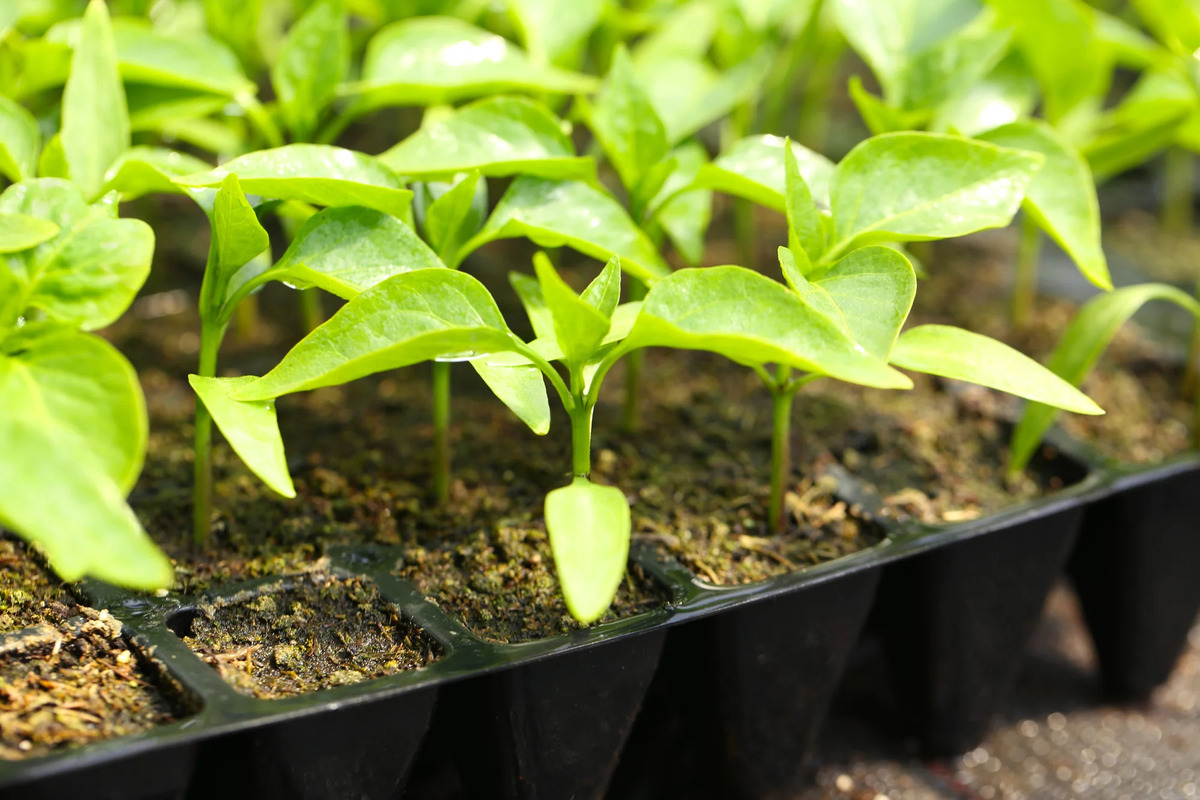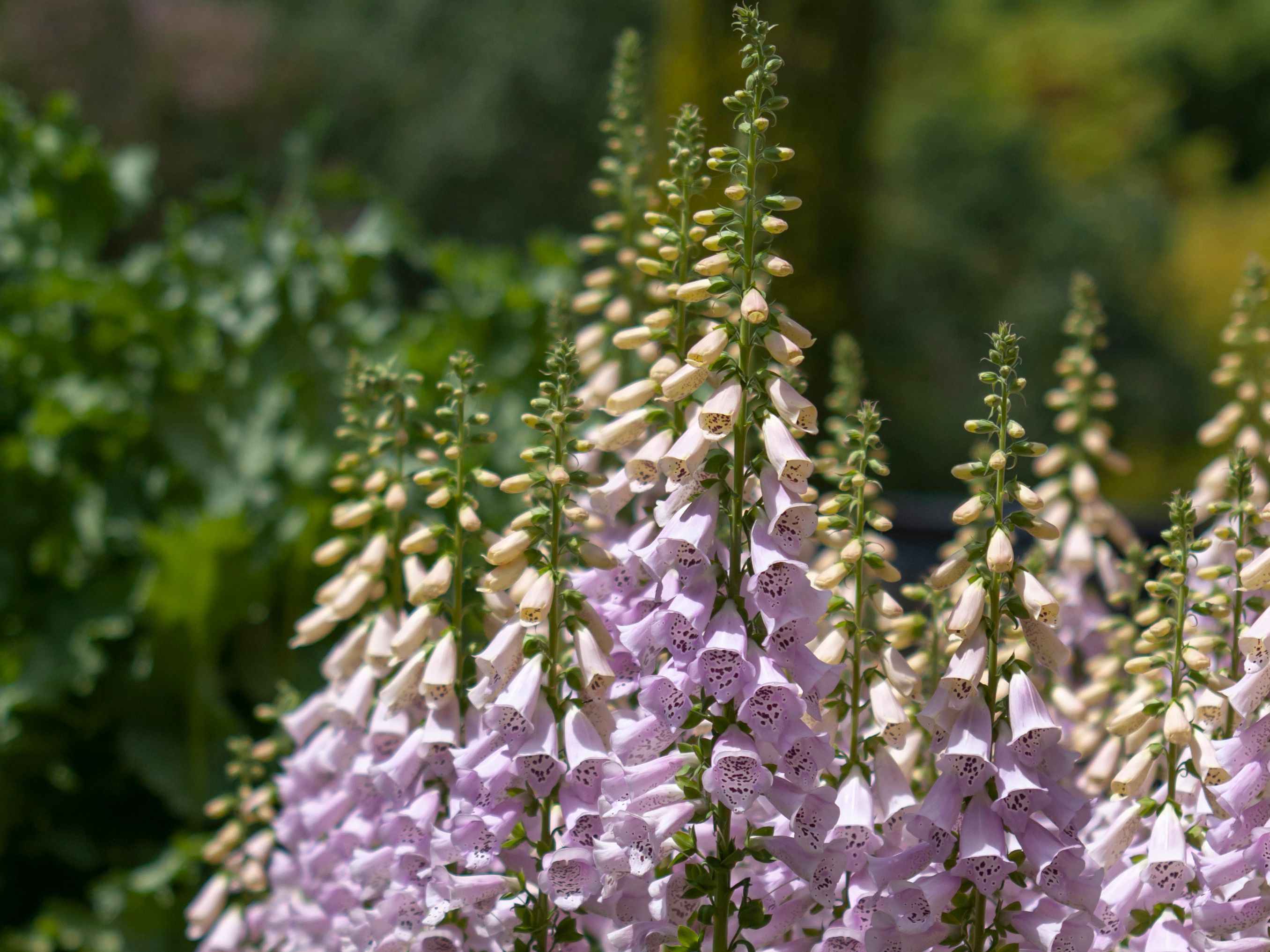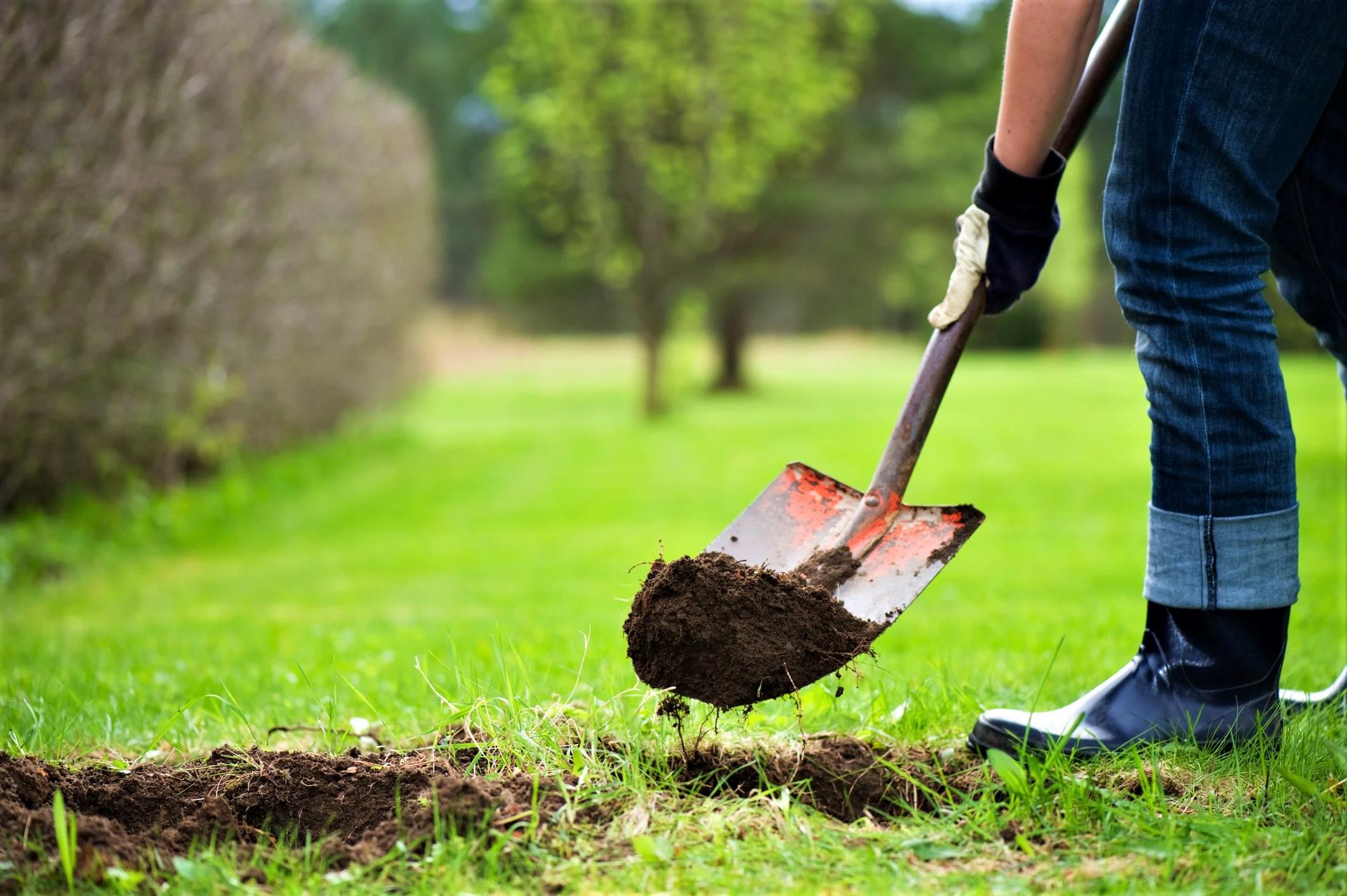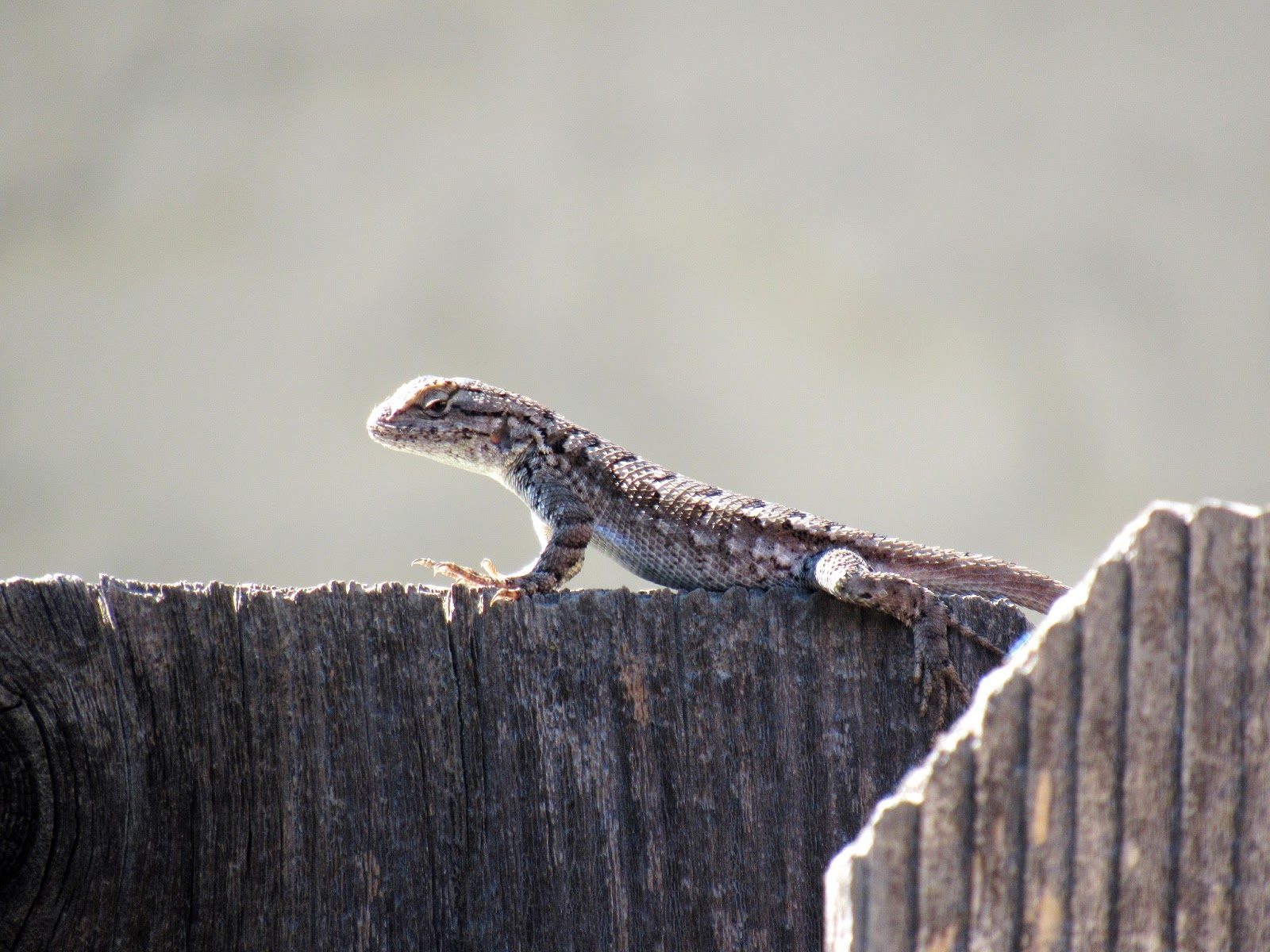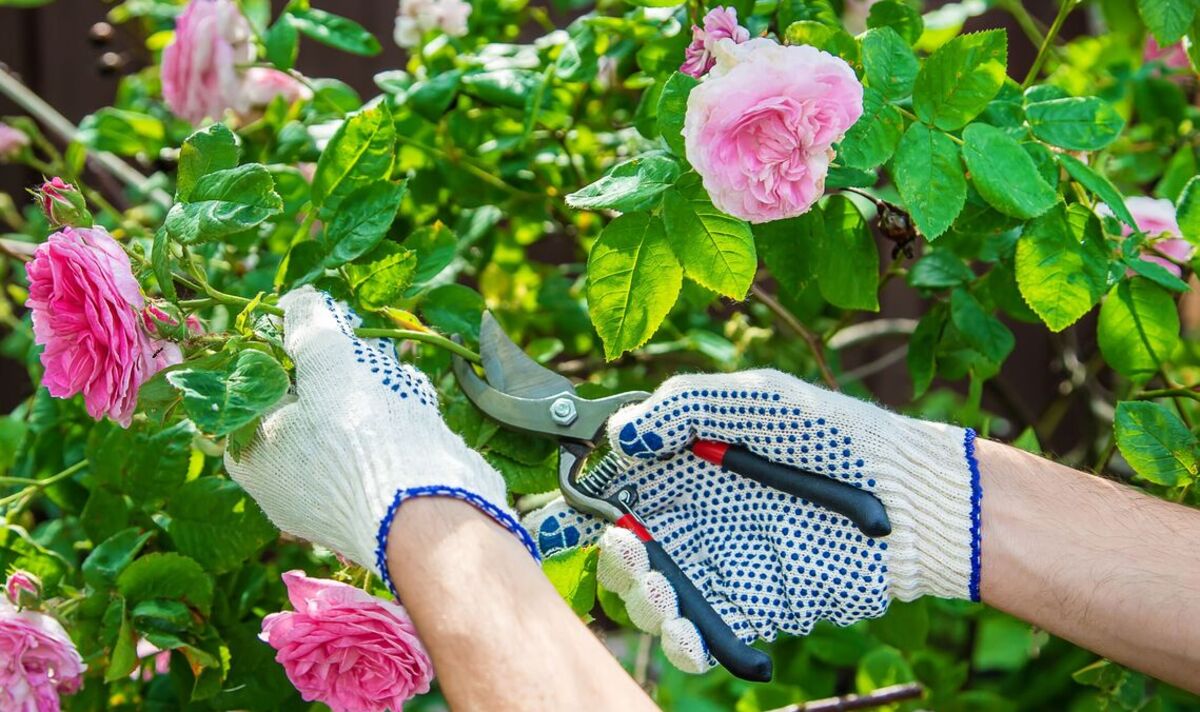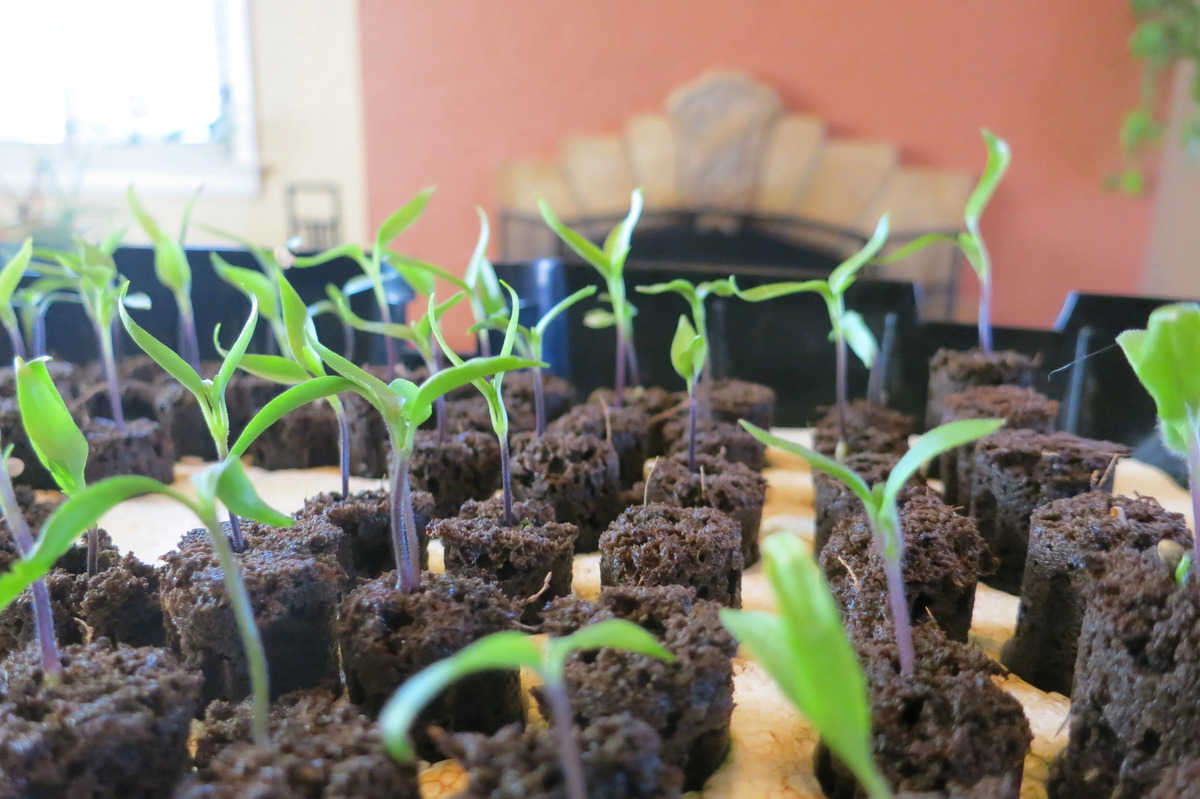Home>Gardening Techniques>Plant Care>When Can I Plant My Seedlings Outside
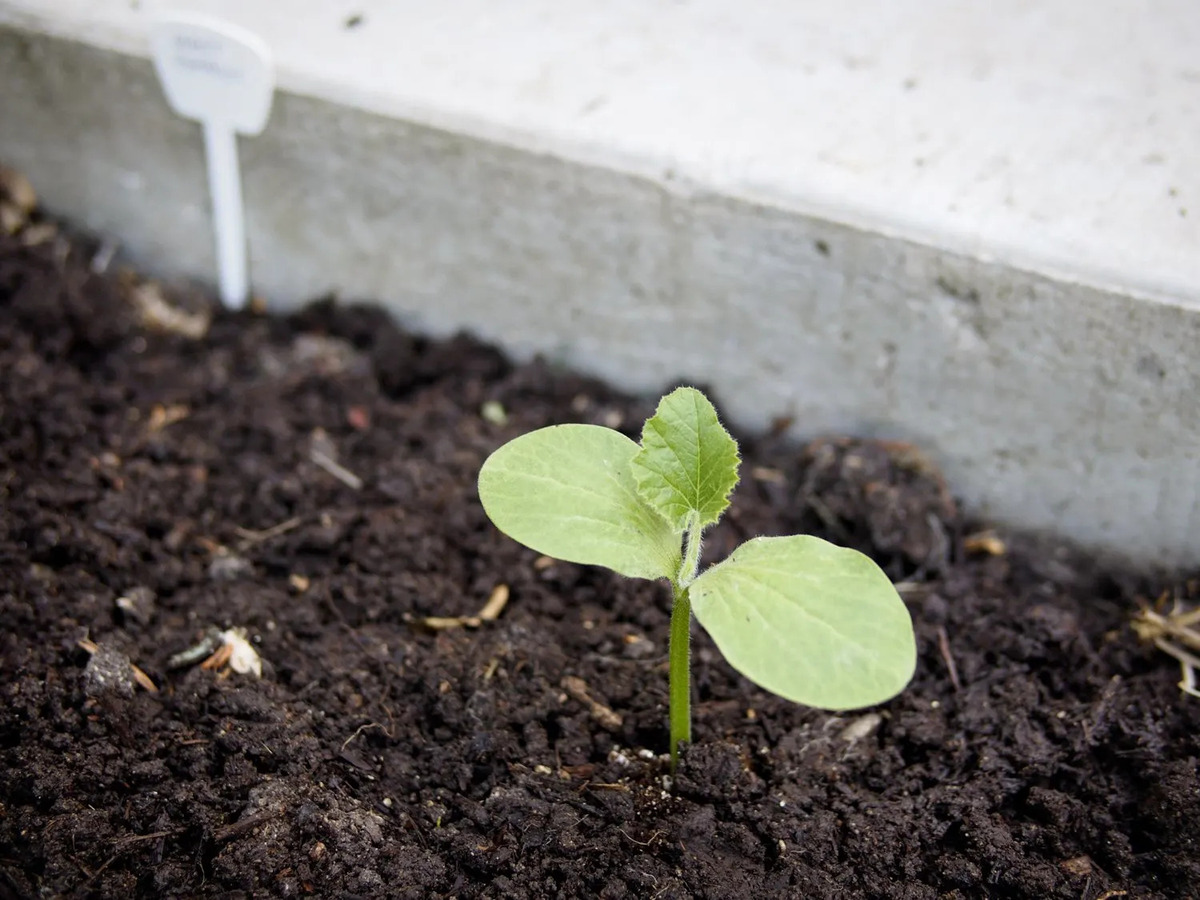

Plant Care
When Can I Plant My Seedlings Outside
Modified: February 7, 2024
Learn when to safely plant your seedlings outside with our helpful plant care guide. Ensure your plants thrive by following our expert tips and advice.
(Many of the links in this article redirect to a specific reviewed product. Your purchase of these products through affiliate links helps to generate commission for Chicagolandgardening.com, at no extra cost. Learn more)
Table of Contents
- Introduction
- Factors to Consider Before Planting Seedlings Outside
- Temperature Guidelines for Planting Seedlings Outside
- Frost Date Information for Your Region
- Hardening Off Seedlings for Outdoor Planting
- Soil Preparation for Planting Seedlings Outside
- Proper Planting Techniques for Seedlings
- Protecting Seedlings from Pests and Animals
- Watering and Care for Outdoor Seedlings
- Conclusion
Introduction
Welcome to the world of plant care! Whether you are an experienced gardener or just starting out, knowing when and how to plant seedlings outside is crucial for their success. Planting seedlings outside at the right time ensures that they have the optimal conditions to grow and thrive.
There are several factors to consider before taking your seedlings outdoors. One of the most important things to keep in mind is the temperature. Seedlings are delicate and susceptible to cold temperatures, so it’s essential to wait until the weather is warm enough for them to thrive. Another key consideration is your region’s average last frost date, which will give you a better idea of when it is safe to plant your seedlings outside.
In this article, we will explore the different factors to consider before planting seedlings outside, including temperature guidelines, frost date information, and how to properly prepare the soil. We will also discuss the importance of hardening off seedlings and offer tips for protecting them from pests and animals. Lastly, we will touch on watering and general care practices for outdoor seedlings.
By the end of this article, you will have a comprehensive understanding of when and how to plant your seedlings outside, giving them the best chance to flourish and produce a bountiful harvest.
Factors to Consider Before Planting Seedlings Outside
Before you eagerly transplant your seedlings into the great outdoors, there are a few essential factors to consider. By taking these factors into account, you can ensure that your seedlings have the best start possible in their new environment.
- Temperature: Seedlings are sensitive to temperature changes, so it’s crucial to wait for consistently warm weather before planting them outside. Ideal temperatures for most seedlings range from 60 to 75 degrees Fahrenheit (15 to 24 degrees Celsius). If the temperatures are too low, the seedlings may struggle to establish themselves or even perish.
- Frost tolerance: Different seedlings have varying degrees of frost tolerance. Some are more cold-hardy and can withstand a light frost, while others are more susceptible to damage. It’s important to know the frost tolerance of your specific seedlings and consider this when determining the appropriate time for outdoor planting.
- Plant maturity: It’s crucial to wait until your seedlings have reached a certain level of maturity before transplanting them outside. This typically involves having well-developed leaves and a sturdy stem. If seedlings are too young or weak, they may struggle to withstand the challenges of outdoor conditions.
- Soil conditions: Assessing the quality and condition of your soil is essential before planting seedlings outdoors. Make sure the soil is well-draining and rich in organic matter. This will provide a fertile environment for your seedlings to establish healthy root systems and access nutrients they need for growth.
- Sunlight exposure: Consider the amount of sunlight your chosen planting location receives throughout the day. Most seedlings require at least six hours of direct sunlight to thrive. Ensure that your chosen spot has adequate sunlight to support the growth and development of your seedlings.
By carefully considering these factors, you can ensure that your seedlings have the best chance of success when planted outside. Keep in mind that every plant species may have specific requirements, so it’s essential to research and understand the needs of your particular seedlings before deciding on the right time and conditions for outdoor planting.
Temperature Guidelines for Planting Seedlings Outside
When it comes to planting seedlings outside, temperature is a critical factor that can greatly impact their success. Seedlings are delicate and can be easily damaged by extreme temperatures. To ensure optimal growth and survival, it’s essential to follow temperature guidelines when transplanting your seedlings into the garden.
Most seedlings prefer temperatures between 60 to 75 degrees Fahrenheit (15 to 24 degrees Celsius). Planting them outside when the weather is consistently within this range provides the best conditions for their development. If the temperatures are too low, seedlings may grow more slowly or even suffer from frost damage. On the other hand, if temperatures are too high, seedlings can become stressed and may struggle to establish themselves.
Before planting seedlings outside, it’s recommended to monitor the weather forecast and ensure that there are no significant temperature fluctuations expected. Cold snaps, heatwaves, or sudden temperature drops can all pose risks to your seedlings. Consistency is key, so wait for a period of stable weather with temperatures well within the recommended range before transplanting your seedlings.
In regions with unpredictable weather, it can be helpful to use season extenders such as row covers, cloches, or cold frames to protect your seedlings from extreme temperatures. These protective structures can create a microclimate that shields young plants from temperature fluctuations and provides them with a more controlled environment.
Additionally, pay attention to the overnight temperatures when deciding when to plant your seedlings outside. Even if the daytime temperatures are suitable, if the nights are still consistently cool, it may be better to wait a little longer. Cold nights can stress and stunt the growth of fragile seedlings. Keep an eye on the weather trends, and aim for both daytime and nighttime temperatures within the desired range.
By carefully considering temperature guidelines and waiting for the right conditions, you can give your seedlings the best opportunity to thrive in their new outdoor home. Taking this extra care ensures that your plants have the best chance of establishing strong roots, growing vigorously, and ultimately producing a bountiful harvest.
Frost Date Information for Your Region
Understanding the average last frost date for your region is crucial when planning to transplant seedlings outside. The last frost date serves as a guide to determine when it is safe to plant seedlings in the garden without the risk of frost damage.
Each region has its own unique climate, and the last frost date varies accordingly. Typically, the last frost date refers to the date after which the likelihood of frost occurring is minimal. This date varies depending on factors such as latitude, elevation, and regional climate patterns.
To find out the specific last frost date for your area, consult local gardening resources or contact your nearest agricultural extension office. These resources provide valuable information based on historical weather data and local expertise. Online gardening forums and websites specific to your region can also be helpful in determining the average last frost date for your specific location.
It’s important to note that the last frost date is an estimate, and actual weather conditions can vary from year to year. This date serves as a guideline but should not be taken as an absolute guarantee. It’s wise to remain vigilant and monitor weather forecasts leading up to and following the estimated last frost date.
Once you have the last frost date for your region, it’s recommended to count backward to determine the ideal time to start your seedlings indoors. This ensures that your seedlings have sufficient time to grow and develop before the last frost date, allowing for a successful transition to the outdoor garden.
By knowing the last frost date for your region, you can make informed decisions about when to plant your seedlings outside. This knowledge helps you avoid the risk of frost damage and gives your seedlings the best chance to thrive in their new outdoor environment.
Hardening Off Seedlings for Outdoor Planting
Hardening off is a crucial step in preparing seedlings for the transition from the controlled environment of indoors to the harsher conditions of the outdoors. This process gradually exposes seedlings to the outdoor elements, allowing them to acclimate and develop resilience before being planted in the garden.
To start the hardening off process, begin by introducing seedlings to outdoor conditions gradually. Initially, place them in a sheltered outdoor area such as a porch or patio for a few hours each day, gradually increasing their exposure to direct sunlight, wind, and temperature fluctuations over a period of 7 to 14 days.
During the hardening off period, it’s essential to closely monitor the weather. Avoid exposing seedlings to extreme conditions such as heavy rain, strong winds, or excessive heat. Provide some protection if needed, such as using shade cloth to shield seedlings from intense sunlight or moving them to a covered area during inclement weather.
While hardening off, pay attention to any signs of stress in your seedlings. Look for wilting, yellowing leaves, or stunted growth, which may indicate that the seedlings need more time to adjust. If you notice any of these signs, reduce the exposure to outdoor conditions and gradually increase it again once the seedlings have recovered.
It is important to note that the hardening off process is not only about exposing seedlings to the elements. It also involves adjusting their watering schedule. Indoors, seedlings are typically watered more frequently, but as they are gradually hardened off, reduce the frequency of watering to prevent the seedlings from becoming waterlogged or developing weak root systems.
By allowing seedlings to harden off before planting them outside, you help them develop a stronger tolerance to sunlight, temperature fluctuations, and pests. This gradual exposure prepares the seedlings for the challenges they will face in the garden and increases their chances of long-term survival and successful growth.
Soil Preparation for Planting Seedlings Outside
Proper soil preparation is essential for the successful growth and development of seedlings once they are transplanted outside. A well-prepared soil provides the necessary nutrients, drainage, and aeration for healthy root development and overall plant growth.
Before planting seedlings, assess the soil in your garden and make any necessary improvements. Here are a few key steps to follow for soil preparation:
- Remove weeds and debris: Start by clearing the area of any weeds, rocks, or other debris. Weeds can compete with seedlings for nutrients and water, hindering their growth.
- Amend the soil: Evaluate the quality of your soil and determine if any amendments are needed. Add organic matter such as compost, well-rotted manure, or leaf mold to improve soil structure, fertility, and moisture retention. Mix the amendments into the top few inches of soil using a garden fork or tiller.
- Check soil pH: Test the soil pH using a soil testing kit or send a sample to a local testing facility. Most seedlings prefer a slightly acidic to neutral pH range (around 6.0 to 7.0). If the pH is too high or too low, adjust it by adding lime to raise the pH or elemental sulfur to lower it.
- Ensure good drainage: Seedlings thrive in well-draining soil. If your soil tends to be heavy or compacted, consider incorporating coarse sand or perlite to improve drainage and prevent waterlogging, which can lead to root rot.
- Loosen the soil: Before planting, loosen the soil in the planting area using a garden fork or tiller. This will help break up any compacted soil and create a loose, friable texture that allows roots to penetrate easily.
It’s important to note that different plants may have specific soil requirements. Some may prefer loamy soil, while others thrive in sandy or clay soil. Research the specific needs of your seedlings and adjust your soil preparation accordingly.
By properly preparing the soil before planting seedlings, you provide them with a fertile and well-draining environment in which to grow. This sets the foundation for healthy root development, nutrient uptake, and overall plant vigor.
Proper Planting Techniques for Seedlings
When it comes to planting seedlings, using proper techniques is crucial for their establishment and long-term growth. Follow these guidelines to ensure the best start for your seedlings:
- Choose the right planting hole: Dig a hole in the prepared soil that is wide and deep enough to accommodate the root ball of the seedling. The hole should be slightly larger than the size of the container or root system, allowing room for the roots to spread out.
- Handle seedlings with care: Gently remove the seedling from its container, being careful not to damage the delicate roots. If the root ball is dense or root-bound, lightly loosen the roots using your fingers or a tool to encourage them to grow outward.
- Place seedlings in the hole: Position the seedling in the center of the hole, ensuring that the top of the root ball aligns with the soil surface. This ensures that the seedling is planted at the correct depth. Avoid planting the seedling too deep, as it can hinder growth and lead to root rot.
- Backfill the hole: Gently backfill the hole with the prepared soil, ensuring that there are no air pockets around the roots. Press the soil firmly but not too tightly to secure the seedling in place and establish good root-to-soil contact.
- Water thoroughly: After planting, water the seedling thoroughly to settle the soil and ensure that the roots make good contact with the surrounding soil. This helps to reduce any air pockets and provides the necessary moisture for the seedling to begin establishing itself.
- Mulch around the seedling: Apply a layer of organic mulch, such as wood chips or straw, around the base of the seedling. This helps retain moisture, suppresses weed growth, and regulates soil temperature. Keep the mulch a few inches away from the stem to prevent rot.
- Provide support if necessary: If seedlings are tall or have weak stems, consider using stakes or plant supports to provide stability and prevent bending or breaking. This is especially important for plants that may face strong winds or heavy rainfall.
Remember to consider the specific needs of your seedlings, as different plants may have different planting depth requirements or specific guidelines for handling and planting. Following proper planting techniques will help ensure that your seedlings establish well, develop strong root systems, and thrive in their new outdoor environment.
Protecting Seedlings from Pests and Animals
As seedlings make their transition to the outdoors, they become more vulnerable to pests and animals that can cause damage or even destroy them. It’s important to take proactive measures to protect your seedlings and ensure their survival. Here are some effective strategies to safeguard your seedlings:
- Physical barriers: Use protective barriers such as garden netting, row covers, or fences to physically prevent pests and animals from accessing your seedlings. Make sure the barriers are securely installed and cover the entire area where the seedlings are planted.
- Natural predators: Encourage natural predators that can help keep pest populations in check. For example, attracting birds to your garden can help control insects. Planting flowers that attract beneficial insects like ladybugs, lacewings, or praying mantises can also help control pests.
- Companion planting: Utilize companion planting by intermingling your seedlings with flowers and herbs that repel pests. For example, marigolds can deter aphids and nematodes, while garlic or chives can repel insects and some small animals.
- Organic pest control: Implement organic pest control methods such as insecticidal soaps, neem oil, or homemade remedies like garlic or chili pepper sprays. These methods can deter pests without harmful effects on the environment or beneficial insects.
- Regular inspection: Monitor your seedlings regularly for any signs of pest infestation or animal activity. Look for chewed leaves, holes in the soil or evidence of digging, or the presence of insects. Early detection allows for prompt action and prevents pests from causing extensive damage.
- Cultural practices: Practice good sanitation and cultural practices in your garden. Remove any fallen leaves or debris that can harbor pests. Be mindful of overwatering, as excess moisture can attract pests and promote fungal diseases.
- Repellents: Use natural repellents such as garlic or pepper sprays, or commercial repellents that are safe for seedlings. These can help deter pests and animals from approaching your plants.
Remember that prevention is key when it comes to protecting seedlings from pests and animals. By implementing these strategies, you can minimize the risk of damage and provide a safe environment for your seedlings to thrive and grow into healthy, productive plants.
Watering and Care for Outdoor Seedlings
Proper watering and care are essential for the healthy growth and establishment of outdoor seedlings. While the watering needs of seedlings may vary depending on the specific plant species and environmental conditions, following these general guidelines will help ensure their well-being:
- Monitor soil moisture: Regularly assess the moisture level of the soil around your seedlings. Stick your finger into the soil about an inch deep to check if it feels moist or dry. Avoid overwatering, as it can lead to root rot, but make sure the soil is consistently moist, especially as seedlings establish their root systems.
- Water deeply and infrequently: Instead of frequent shallow watering, water your seedlings deeply to encourage root growth. This helps the roots develop and reach deeper into the soil, making the plants more resilient to drought. Water until the soil is evenly moist, allowing excess water to drain away.
- Provide consistent moisture: Aim to provide consistent moisture to your seedlings. Fluctuating moisture levels can stress the plants and lead to wilting or stunted growth. Avoid allowing the soil to dry out completely, but also prevent waterlogging by ensuring proper drainage.
- Water in the morning: Water your seedlings in the morning to allow the leaves and soil to dry before the cooler evening temperatures. Watering in the morning helps prevent fungal diseases and allows the plants to absorb water more efficiently.
- Mulch: Apply a layer of organic mulch around your seedlings to conserve moisture and regulate soil temperature. Mulching helps prevent excessive evaporation and reduces the growth of weeds that compete with seedlings for water and nutrients.
- Protect from extreme heat: During periods of intense heat, provide additional shade or shade cloth to protect your seedlings from the scorching sun. This helps prevent dehydration and reduces stress on the plants.
- Regularly inspect for pests and diseases: Regularly inspect your seedlings for any signs of pests or diseases. Catching and addressing issues early on can prevent them from spreading and causing severe damage to your plants.
- Prune or thin if necessary: If your seedlings become overcrowded or develop weak or diseased branches, consider pruning or thinning them to promote better air circulation and reduce competition for resources.
By providing adequate water and care, you create a favorable environment for your seedlings to grow and thrive. Remember to adjust your watering routine based on the specific needs of your plants and the prevailing weather conditions in your area. With proper care, your outdoor seedlings will flourish, and you will soon be rewarded with healthy, vibrant plants.
Conclusion
Congratulations! You are now equipped with the knowledge and techniques to successfully plant seedlings outside and ensure their healthy growth. By considering important factors such as temperature guidelines, frost date information, soil preparation, and proper care techniques, you can provide the best conditions for your seedlings to thrive in the outdoor environment.
Remember, patience is key when it comes to planting seedlings outside. Waiting for the right temperatures and frost-free dates, as well as properly hardening off your seedlings, will greatly increase their chances of survival and long-term success. Additionally, taking the time to prepare the soil and protect your seedlings from pests and animals will help them establish strong roots and grow into healthy, productive plants.
Regular monitoring, watering, and providing necessary care will ensure that your seedlings receive the attention they need throughout their journey in the garden. Stay vigilant for any signs of pests or diseases and address them promptly to prevent the spread and potential damage to your plants.
Remember to adapt these guidelines to the specific needs of your seedlings and the unique conditions of your garden. Each plant species may have its own requirements, so it’s essential to do some research and tailor your approach accordingly.
Planting seedlings and watching them grow into thriving plants is an exciting and rewarding experience. With proper planning, care, and attention, you can enjoy a beautiful garden, bountiful harvests, and the satisfaction of nurturing life from tiny seedlings to flourishing plants.
So roll up your sleeves, grab your gardening tools, and let the journey of planting and caring for seedlings outside begin!


